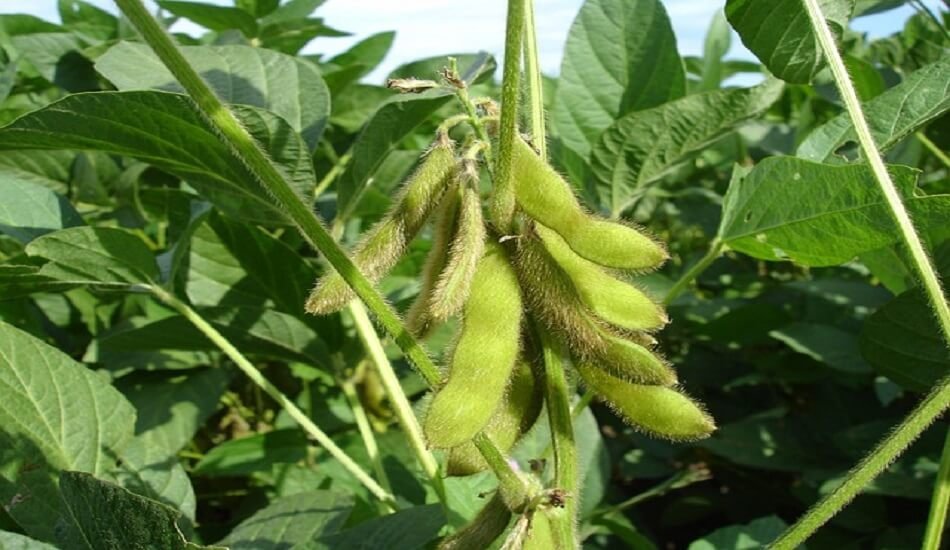India’s kharif crop sowing has gained traction, with 35% of the country’s normal area of 1,096 lakh hectares covered by July 5, according to the latest data. This is due to early monsoon coverage and a revival of rainfall in central and north-west India beginning in the last week of June.
Overall, kharif acreage increased by 14% to 378.72 lakh hectares from 331.9 lakh hectares in the same period last year, according to Ministry of Agriculture and Farmers’ Welfare data.
The monsoon began early on May 30 and covered the entire country six days earlier than usual, contributing to the increased coverage.
Also Read | Women farmers displayed over 50 varieties of kharif seeds at ‘World Seed Day’
Last year, the southwest monsoon was impacted by the emergence of El Nino, resulting in below-average rainfall during the June–September season. In August, the country received less than 64% of normal rainfall, the lowest since 1901.
“The rainfall in the rainfed areas is critical for the kharif crop as the irrigated area anyway will gain from the higher water getting accumulated in reservoirs,” according to the agricultural scientist. The amount and distribution of rainfall will need to be monitored until July 20, when maximum sowing occurs, he said.
Soya up, groundnuts down.
The acreage under paddy, the key cereal crop of the kharif season, was nearly equal to last year until a fortnight ago, when it increased by 19% to nearly 60 lakh hectares as of July 5, up from 50.3 lakh hectares the previous year.
Soybean coverage has more than doubled to 60.6 lakh hectares, with groundnut trailing at 17.9 lakh hectares. There were earlier reports that farmers were considering switching from soybean or cotton to groundnut. However, it appears that the sowing of both soybean and cotton is higher this year. The total area under cotton has increased by 29 percent to 80.6 lakh hectares as of July 5, compared to 62.3 lakh hectares the previous year.
Also Read | Jowar, Soyabean, Paddy, farmers made an extra ₹8,241Cr above MSP
Maize higher
The arhar sowing area has increased to 20.8 lakh hectares, five times the acreage reported a year ago, as farmers responded to the price signal to expand the crop area. Arhar dal sells for ₹175-230/kg in Delhi’s retail markets. The area under urad has increased by 46% to 5.4 lakh hectares. However, moong acreage has decreased by 28% to 8.5 lakh hectares. Overall, pulse sowing has reached 36.8 lakh hectares, up by 54.8% from 23.8 lakh hectares a year ago.
On the other hand, the area under Shree Anna (nutri cereals) has decreased by 28.8 % to 58.5 lakh hectares, as jowar and bajra acreage are lower this year. However, the area under maize has increased by 36%, to 41.1 lakh hectares, from 30.2 lakh hectares.
Sugarcane acreage has increased slightly to 56.9 lakh hectares from 55.5 lakh hectares. However, the area under jute and mesta is down to 5.6 lakh hectares from 6 lakh hectares.


















Add Comment